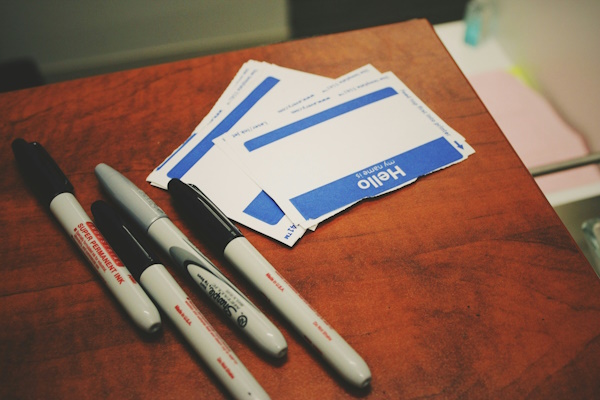Personalization of the Guest Journey
The first step for hotels is to capture their guest data to start building profiles of each guest. The second step is to create automated and personalized communications at different touch-points throughout the “guest journey”. The third step is for each staff member to have access to all available information about their guests at their disposal.
There are at least six types of guest data that a hotel can use to improve the guest experience:
- Contact info: First name, last name, email address, physical address, mobile number.
- Demographics: Gender, age, and nationality.
- Usage/History: Trip type, the number of visits, average spends.
- Interests: Yoga, golf, spa, is he/she a foodie?
- Preferences: Coffee, high floor, quiet room, newspaper, feather pillows.
- Experiential: Feedback from reviews or prior surveys, comments made to staff members.
Think about what might be possible with all of this data compiled into one place. You can start with a guest profile, where it is easy to access, sort, track, and take action. The front desk staff could use this profile to proactively remove down pillows for a guest with allergies. The concierge could sort by interests and send a personalized email to guests interested in golf. The restaurant manager could invite solo travelers to meet at the chef’s table for a communal meal. And post-stay, the marketing team could invite past guests who visited the spa to book their next stay when the spa reopens following a renovation.
Over time, as you build a relationship with each guest, your guest profiles will amass information and data. Soon, you’ll have Rich Guest Profiles with enough connected information to enable a truly personalized guest experience that can drive real loyalty and revenue.
In an increasingly competitive landscape, personalized actions will make the difference between an ordinary stay and one that is truly exceptional. Unfortunately, most hotels are using systems that, while powerful on their own, do not connect and share data with one another. This makes it difficult to aggregate the data to gain insights either on a single guest or the guest database as a whole.
The good news is, there are new technology platforms that specialize in integrating with multiple systems. All data, from bookings, POS, PMS, to loyalty, can be brought together into a single, cloud-based dashboard that’s easily accessed and maintained. And, it’s now possible to add public social media data, online review data, and other sources of guest information like service requests and post-stay feedback. The promise of Rich Guest Profiles is here and it will revolutionize hospitality with the potential for a truly personalized guest experience.
To find out more about how to create and leverage a Rich Guest Profile, check out our free article, 3 Ways Hotels Can Effectively Use Targeted Guest Marketing.
Related Posts

Insights that drive results
Subscribe now to get the latest content
This site is protected by reCAPTCHA and the Google Privacy Policy and Terms of Service apply. *Required fields.



